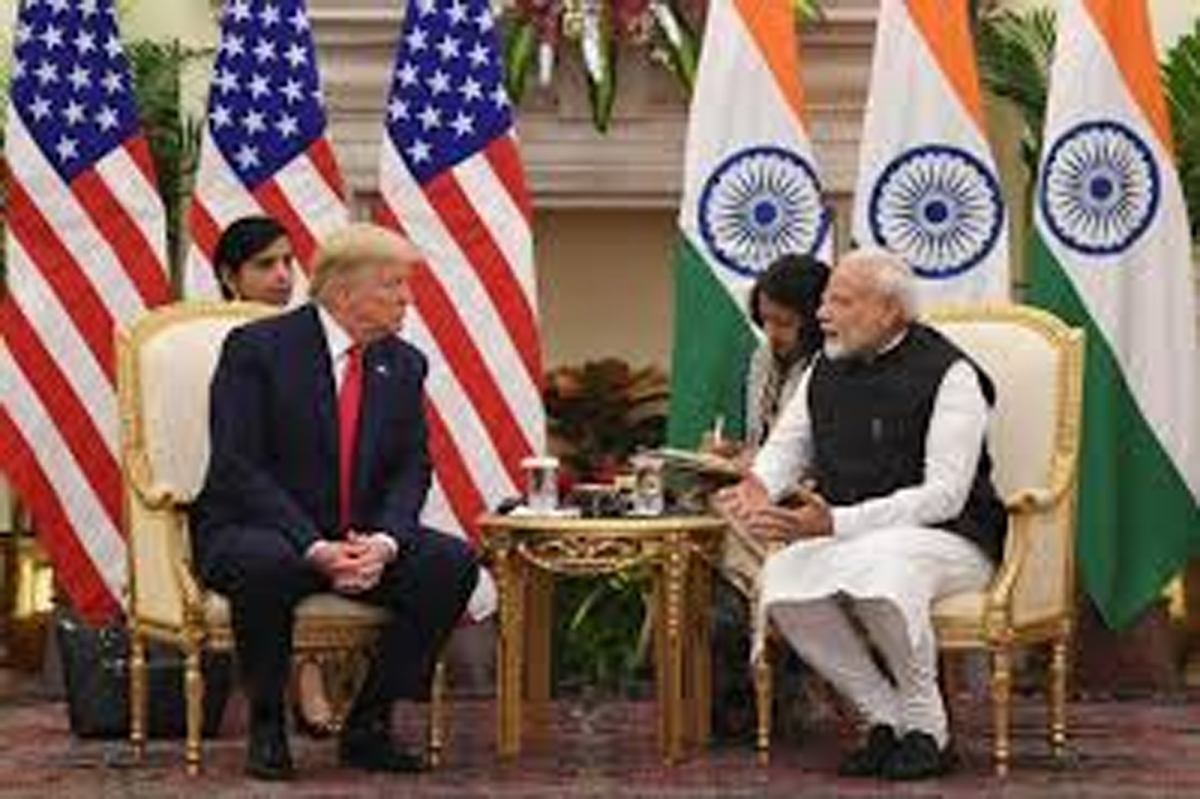WASHINGTON, May 29: India and the US could strike a “smaller” trade deal in the coming weeks, India’s ambassador Taranjit Singh Sandhu has said while acknowledging that the unprecedented challenges posed by the COVID-19 pandemic has been a “bit of a setback” in moving ahead as the governments are focused on tackling the health crisis.
Addressing the virtual West Coast Summit of US-India Strategic Partnership Forum (USISPF), Sandhu said that India’s supply of antimalarial drug hydroxychloroquine (HCQ) to the US has given the two countries enough confidence and have played an important foundation.
India, which is one of the major manufacturers of the drug, has sent several million doses of the HCQ to the US as part of its humanitarian gesture.
“The top leadership has also been talking about it and I feel that perhaps in the coming few weeks, we should be able to strike the smaller trade deal,” Sandhu said.
“I continue to be very optimistic about the trade deal. I must mention that this current unprecedented challenge has given a bit of a setback in the sense that the focus of all the governments got to tackling the health crisis,” Sandhu said.
He told the leaders of the top US companies that the trade officials from the two countries have been in constant communication over this issue.
The understanding between the leadership of the two countries was that they will go for the smaller one and then immediately start negotiations on the bigger trade deal, he said.
The current global situation, he noted, has made it even more opportune time to have this trade deal.
The trade deal also relates some of the top sectors for which “it will be a win-win situation” for both sides.
“It will help in the overall confidence building because during this particular phase, the United States and India have been reliable partners. And I think that everybody has seen in our case whatever the supply chain at stakes, especially in pharma sector, which we weren’t involving whatever the United States requested us, keeping in view our huge domestic requirements, but it was ensured that all those are supplies were supplied and at the same price,” Sandhu said.
“I think that has certainly had an impact. That has given them confidence and I feel that will be an important foundation to ensure that this smaller trade gets announced soon enough and then we move ahead,” Sandhu said.
Ahead of US President Donald Trump’s maiden visit to India in February, there were reports that the two sides would sign the first phase of a mega trade deal.
After his talks with Trump on February 25, Prime Minister Modi said, both the sides agreed to start negotiations for a “big trade deal” and hoped that it will yield good results in mutual interest.
The two countries have been negotiating a trade package to iron out certain issues and further boost two-way commerce.
India is demanding exemption from high duties imposed by the US on certain steel and aluminium products, resumption of export benefits to certain domestic products under their Generalised System of Preferences (GSP), and greater market access for its products from sectors like agriculture, automobile, auto components and engineering.
On the other hand, the US wants greater market access for its farm and manufacturing products, dairy items and medical devices, data localisation, and cut on import duties on some information and communication technology (ICT) products. The US has also raised concerns over high trade deficit with India.
Keith Krach, Under Secretary of State for Economic Growth, Energy, and the Environment, spoke about the importance of being able to access talent.
“Being the former chairman of Purdue University, I attended multiple graduation ceremonies, and probably 35 per cent of the PhDs in Engineering came from India. We would love to be able to stamp that Green Card right to their diplomas. It’s a very complex issue that we continue to beat the drum on,” he said.
Expressing optimism for the US-India ties, Raj Subramaniam of FedEx said that there is absolutely no reason why the US-India trade cannot be five or 10 times of the current levels.
“The hope is that a startup like Uniphore, as a part of this community at USISPF, becomes a USD 100 billion entity in the next 5 years,” he said.
Speaking about the disruptions caused due to the health crisis, chairman, president and CEO of Adobe Shantanu Narayen said, “from my perspective, unprecedented times are the best times for disruption. We are not going back to the old normal and that represents a very significant and unique opportunity for all startups.”
The “Startup Connect Program” at its virtually held West Coast Summit focused on strengthening US-India bilateral ties through startups. The summit brought together over 300 executives including 100 startups, 100 Fortune 500 companies, and senior officials from both governments.
USISPF president and CEO Mukesh Aghi shared data on job creation and entrepreneurial immigration between the US and India.
“A sample of 12 Indian-born startups shows they have created 634 high-paying jobs in the United States, and over 6,200 jobs worldwide,” he said.
“For every H1/ L1 visa issued to these startups, they created 40 jobs in the United States at a median income of USD 175,000, and for each high-paying job in the US, there are 8 jobs that are being created in India. Entrepreneurial immigration in the US-India corridor is creating some true win-win opportunities for both countries,” Aghi said. (PTI)
Trending Now
E-Paper


